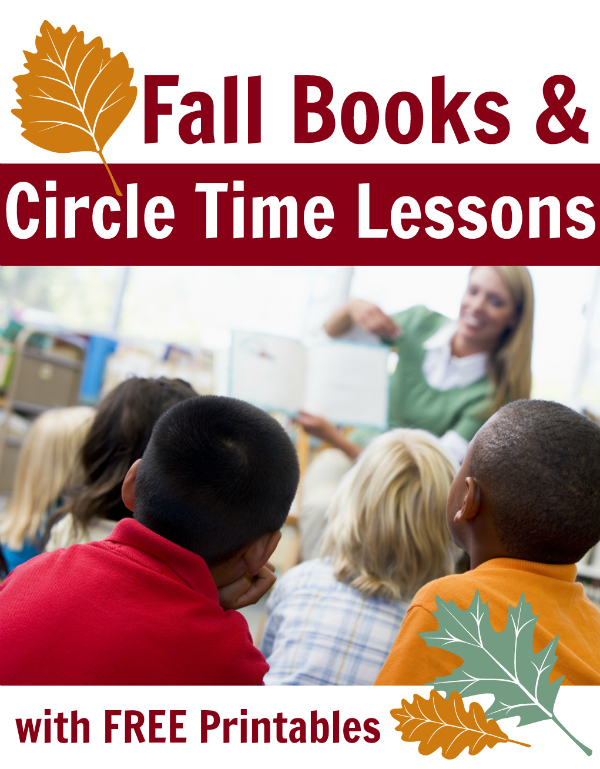 I love circle time, but I don’t stress too much about it. Circle times flop, circle times sometimes are just too long, and sometimes all your students need to do that day is run and jump. Still, I think there is a place in preschool for a short group time. The key is to keep it at their level and set them up for success. One way I have found that works is to have a unifying theme. I like to match my books and activities, so my students don’t have to shift too many gears from one activity to the next when it’s adult directed. For circle time tips, check out my post about how to save a failing circle time here. Here are five fun fall circle time lessons with matching books (and even some art ideas too).
I love circle time, but I don’t stress too much about it. Circle times flop, circle times sometimes are just too long, and sometimes all your students need to do that day is run and jump. Still, I think there is a place in preschool for a short group time. The key is to keep it at their level and set them up for success. One way I have found that works is to have a unifying theme. I like to match my books and activities, so my students don’t have to shift too many gears from one activity to the next when it’s adult directed. For circle time tips, check out my post about how to save a failing circle time here. Here are five fun fall circle time lessons with matching books (and even some art ideas too).
This post contains affiliate links.
Lesson: Working Together
Activity Set Up:
- Gather leaves from your schoolyard. If none are available you can print out this leaf printable. Make as many copies as you need. Cut out. Place them in a basket.
- Attach contact paper to your board or wall near circle time using painter’s tape. Sticky side out.
Next Steps
- Read the book.
- Tell the children that as a group they will create a leaf man. Talk about all the body parts people have. Ask them if they think they could make a man with the leaves.
- Pass out the leaves. Giving 2-3 to each child.
- Invite each child up to add leaves to the contact paper. If your group is very young, you can create an outline of a person on the paper with a marker before circle time.
- Remember the Leafman might look more like a leaf blob, and that’s OK.
Book:Apples, Apples, Apples. By Nancy Elizabeth Wallace
Lesson: Exploring taste and making a simple graph represent results.
Activity Set Up:
- Gather two or more types of apples. I like to use different color apples; red, yellow, and green. Slice the apples and place one slice of each color apple on a plate, or in a small Ziploc.
- Make a simple chart labeled “Which apple do you like best?” with three columns. At the top of the columns, draw a picture of the apple it represents (this is why using different color apples is the simplest).
- Write each child’s name on a Post-it note. This will be their ballot.
Next Steps
- Read the book.
- Hand out the apple slices and encourage the children to taste each one. Don’t push. If they don’t like apples, ask them to smell them instead.
- Hand out the Post-it Notes with their names while they are eating the apple slices.
- Invite the children one at a time to cast their vote by placing their name in the column of their favorite. Count the votes and declare a winning apple color.
- Coordinating Art Activity
- You can follow up this circle time with apple prints. Cut some apples lengthwise and others crosswise, and using paint in the same colors of the apples in the taste test, encourage the children to explore the prints that apples make with paint on paper.
Book: Ten Trick or Treaters by Janet Schulman
Lesson: Sorting Colors
Activity Set Up:
- Print out this Halloween Candy Printable, cut and laminate the candy pieces.
- Use matching colored containers or print out these labels and put them on clear containers.
Next Steps
- Read the book.
- Reflect on the different pieces of candy in the book, talk about their colors and shapes.
- Ask your students if they can help you sort through the candy that is in your trick or treat bag. You want to put each piece into the matching container.
- Hand out the laminated paper candy.
- Invite the children one at a time to find the matching container and place the paper candy inside.
- Once all the candy is sorted, count to see which type of candy is the most common by counting each color.
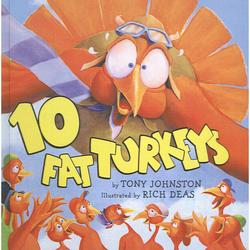
Book:Ten Fat Turkeys by Tony Johnson
Lesson: Gross Motor and Color Recognition
Activity Set Up:
- Gather some feathers in multiple colors and one piece of coordinating construction paper for each color of feather you are using.
- Hide the feathers around the classroom.
Next Steps
- Read the book.
- Ask the children if the turkeys in the book or turkeys in real life have skin like ours. Encourage the children to explore how their arms feel, any feathers?
- Spread the colored papers in the middle of your circle time circle.
- Tell them that like all birds turkeys have feathers and that there are a bunch hidden in the room. It’s their job to find the feathers and place them on the matching sheet of paper.
- When all the feathers have been found, count each color grouping together as a class. Which colors have the most? Which have the least?
- Coordinating Art Activity
- You can follow up this circle time with feather painting; a fun process art activity that uses feathers instead of paintbrushes.
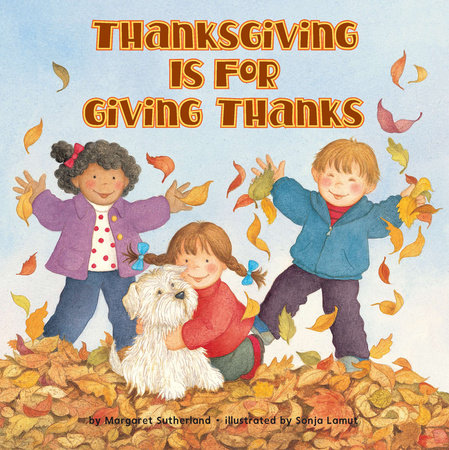
Book:Thanksgiving Is For Giving Thanks by Margaret Sutherland
Lesson: What does it mean to be thankful?
Activity Set Up:
- During free choice use Post-it Notes on a clipboard to write down each child’s answer to what they are thankful for. Use this one on one time to explain the concept of being thankful to each child. In the past, the explanation that works the best for me with 3-year-olds and younger is that being thankful is feeling like you are so so happy to have something because it makes you or our family very happy. I usually give examples like I am thankful that my children are healthy because it makes me sad when they feel yucky, and that I am thankful to be a teacher because I love to play with my students.
- Write “We Are Thankful” at the top of a poster paper and have it ready for circle time.
Next Steps
- Read the book.
- Remind the children about your conversations and tell them that you have all their answers. Read each child’s answer and hand the child their post it and ask them to add their post it to the poster after you read them. If you have a large class you can break this part up over a few days, reading a handful of answers daily for a week.
- Reflect on all the wonderful things the children are thankful for.
Tip – use these leaf sticky notes for a pretty poster!
More Fall Circle Time Lessons
If you love these ideas you have to check out our printable thematic units. They are packed with great ideas for preschool at home or in a classroom. Check out the many themes and how to save 20% here.

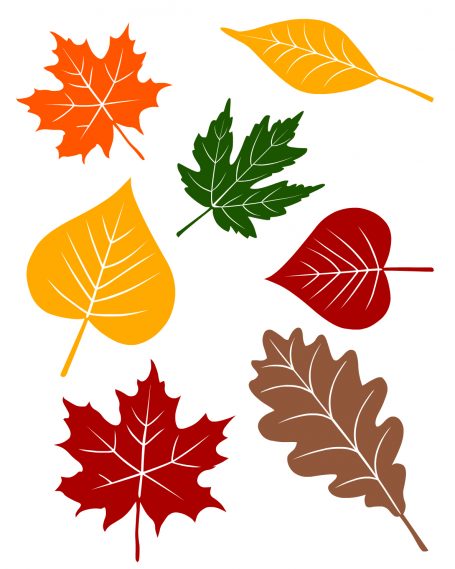
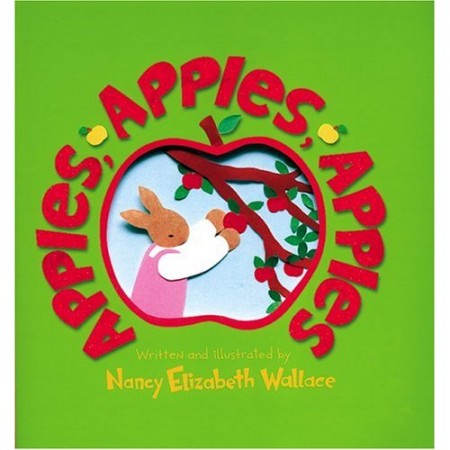
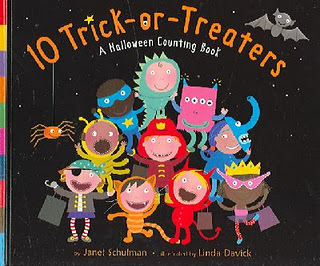
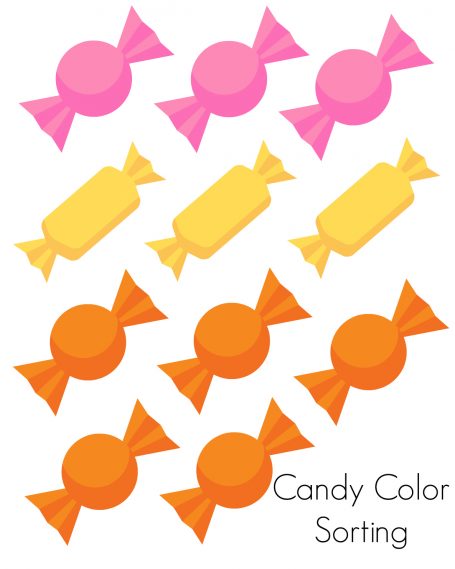
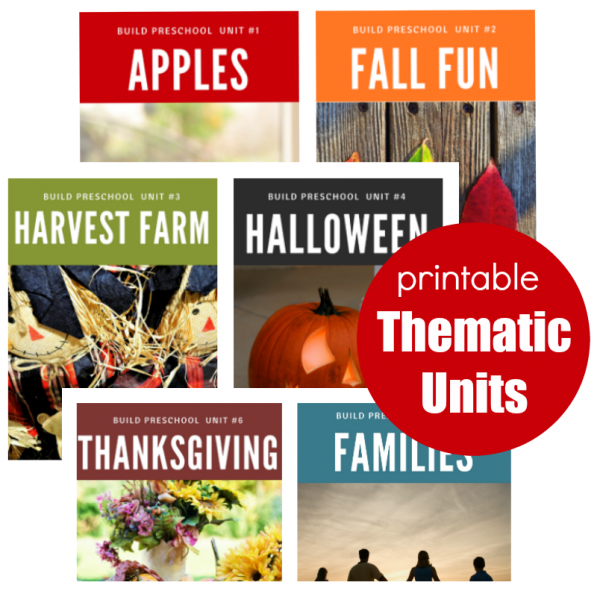
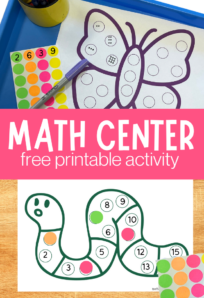
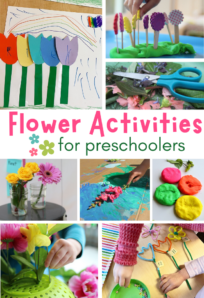
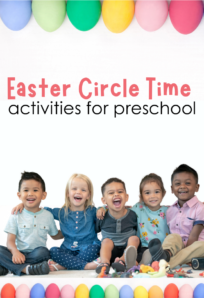
[…] a walk.” Circle Time models may not be your gig (although studying examples like this one and this one have been vastly useful as I’ve worked to structure our circle time), but having some kind of […]